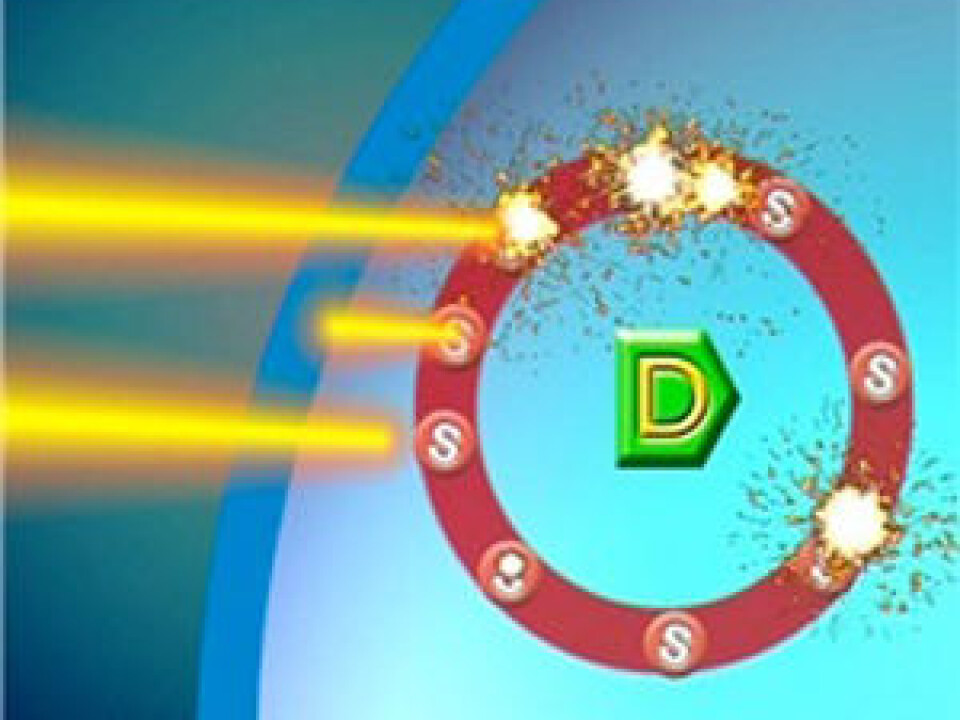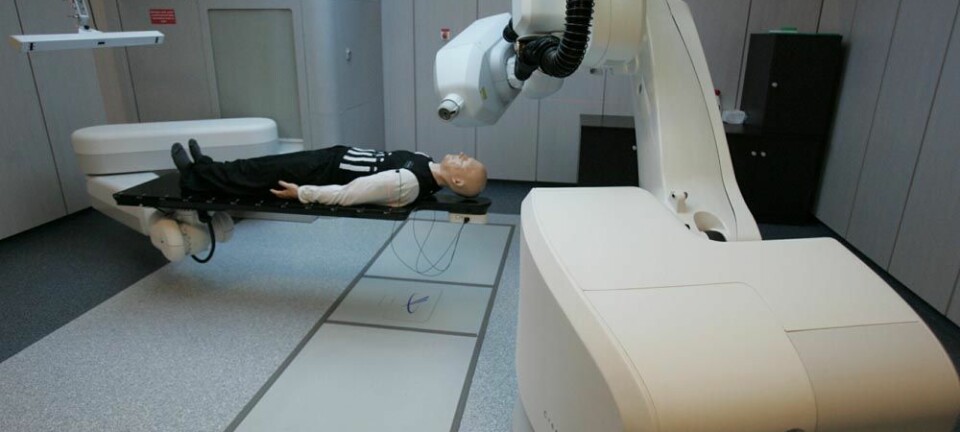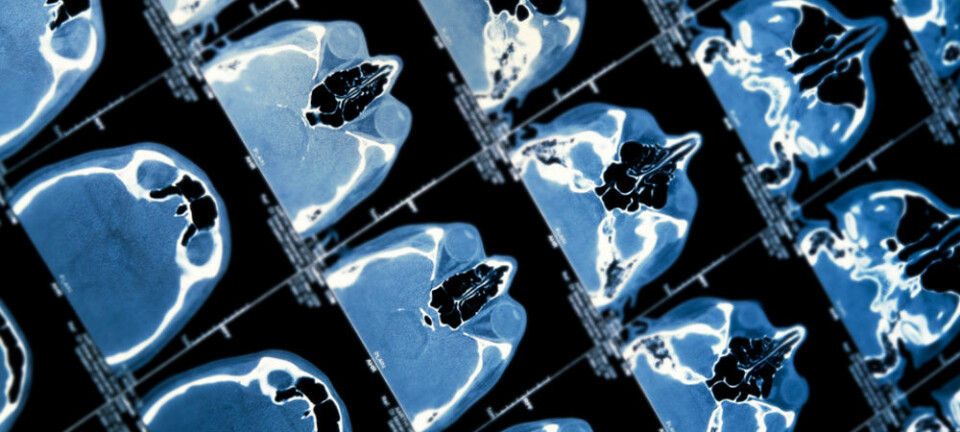This article was produced and financed by The Research Council of Norway

Cancer treatment with fewer side effects
Side effects are currently the biggest problem with any cancer treatment. A treatment which kills only cancer cells, leaving other cells unaffected, is now underway.
Denne artikkelen er over ti år gammel og kan inneholde utdatert informasjon.
It is not difficult to find a drug that destroys cancer cells.
The problem lies in the fact that a drug’s active substances kill not only diseased cells but also other cells in the body.
This is why the side effects accompanying traditional cancer treatment are often so severe.
Trying to eliminate side effects

The dream of any cancer researcher is to come up with a medication that works solely against a cancerous tumour – without adversely affecting the rest of the body.
This goal can be attained in two ways: one is to produce targeted drugs that affect only the cancer cells; the other is to devise smarter means of delivering a drug to its target without affecting other parts of the body.
A Norwegian company, PCI Biotech Holding ASA (PCI Biotech), has focused on the latter approach since 2000. Researchers working on a project on photochemical internalisation of chemotherapy have steadily been getting closer to a solution.
Headed by Chief Scientific Officer Anders Høgset, the project has received funding under the Programme for User-driven Research-based Innovation (BIA) at the Research Council of Norway.
Laser light and light-sensitive cells
The technology in use is based on light and is called photochemical internalisation or PCI. It was discovered in 1994 at the Norwegian Radium Hospital in Oslo.
PCI Biotech uses the technology to direct a red laser to the area of the body where the drug is to have its effect. The light dramatically enhances drug delivery to specific locations inside the diseased cells.
“But in order to achieve the desired effect from the light, we need to give the patient a photosensitising compound,” explains Høgset.
This is a chemical substance increasing cells’ sensitivity to light.
"We have created and patented a molecule - called Amphinex® - which we inject into a patient and let circulate for a few days. Then we give the patient the desired drug. After a short while, we shine the laser on the tumour where both Amphinex and the medication are now present. When light is applied, Amphinex triggers processes within the cancer cells, substantially enhancing the effect of the drug.”
Reducing doses
The challenge of effectively transporting molecules to a targeted area inside a cell has long stymied cancer researchers. For pharmaceutical companies, it has created a bottleneck, slowing down further development of a number of molecules with great medicinal potential.
Patients have often had to receive higher doses of a drug than what would otherwise be necessary had there existed a way to target drug delivery to the right location inside a cell. Because of these higher doses, the side effects patients experience are commensurately more severe.
“Now we have finally succeeded in finding a way to deliver cancer medications inside the malignant cells, destroying them effectively,” states Høgset.
These cancer-killing medications pass through cancer cell membranes far more easily, which significantly increases their accuracy. It follows that doses can be reduced substantially with side effects becoming correspondingly less severe.
“In the laboratory, we have managed to enhance the effect of some cytotoxic drugs by a full 50 times! We did so by administering Amphinex and directing light to the cancer cell,” explains Dr Høgset.
The cancer disappeared
PCI Biotech, together with University College London Hospital, began performing research on human subjects two years ago.
“All patients involved in the study experienced a considerable effect from the light treatment and, in most cases, the treated tumours disappeared altogether. No serious side effects were observed,” says Høgset.
PCI Biotech is now going to follow up with further clinical studies.
Tapping into the body’s own immune system
Up to the present, PCI Biotech has focused on localised cancer treatment, for example for mouth cancer, facial skin cancer and breast cancer.
Many cancer patients stand to benefit greatly from localised treatment, but a great number also require treatment that can attack cancer that has spread to other parts of the body.
As part of a future project, PCI Biotech intends to extend its method to treatment of metastatic cancer. The project will investigate whether the technology can activate a person’s immune system, enabling it to attack cancer cells in more than one part of the body.
Translated by: Glenn Wells/Victoria Coleman




































